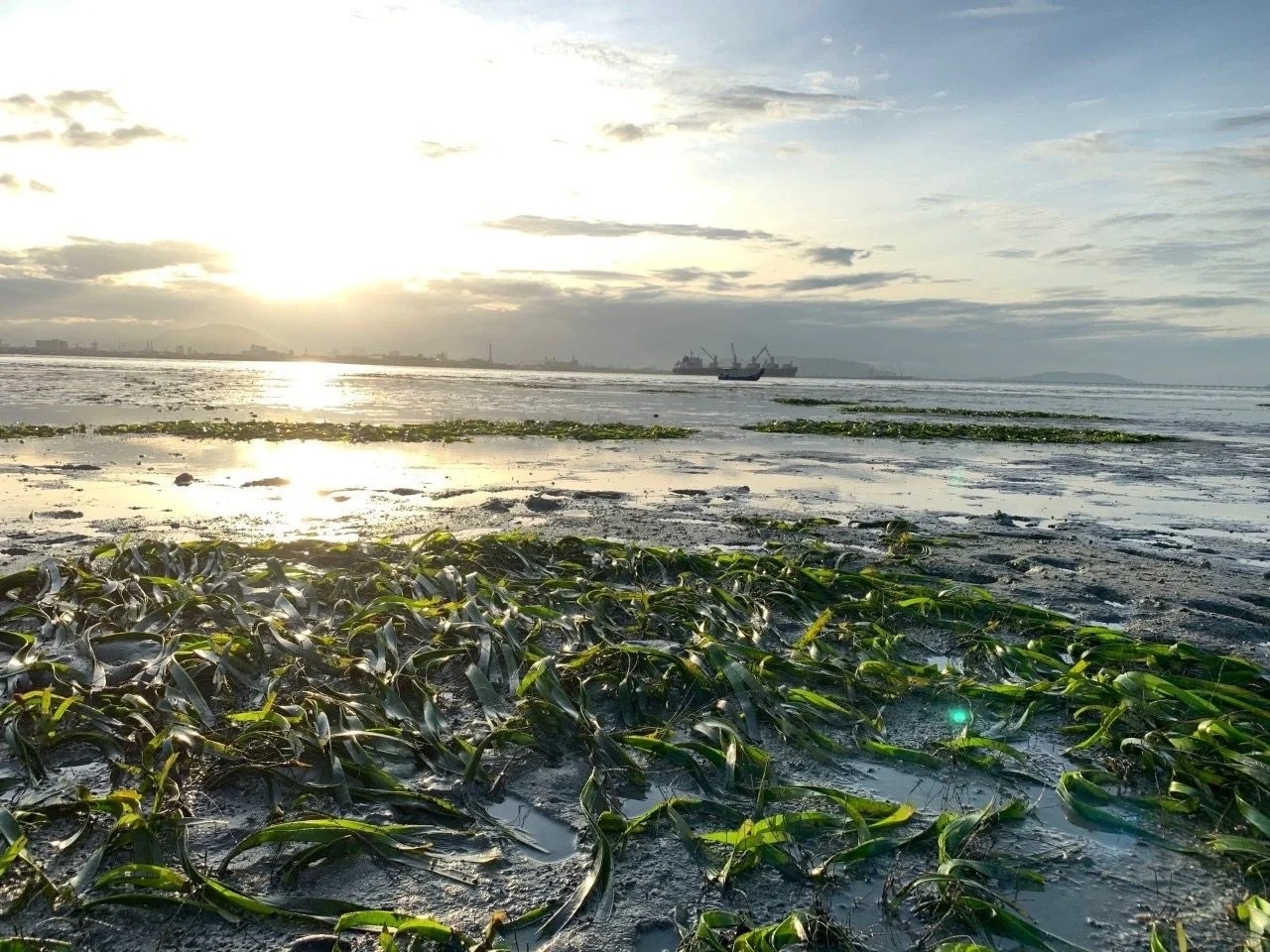Community-Based Seagrass Meadows Conservation in Penang South Channel
Sim Yee Kwang1, Wan Mustaffa Wan Din1, Omar Ahmad1, Kumaradevan A/L Saminathan1, Ahmad Rafaiee1, Leela Rajamani1, Anita Talib2 & Khairun Yahya3
1Centre For Marine & Coastal Studies (CEMACS), Universiti Sains Malaysia, 11800 USM Penang, Malaysia.
2School of Distance Education, Universiti Sains Malaysia, 11800 USM Penang, Malaysia.
3School of Biological Sciences, Universiti Sains Malaysia, 11800 USM Penang, Malaysia.
Corresponding author’s e-mail: Alamat emel ini dilindungi dari Spambot. Anda perlu hidupkan JavaScript untuk melihatnya.
Abstract of Research (Mac 2012 - Sep 2013)

The project site was chosen at Penang South Channel (a channel separating Penang Island and mainland Peninsular Malaysia) due to its rich biodiversity and fisheries with a significant number of coastal communities relying on them for their livelihood. As many developments have been planned around South Channel (especially seagrass meadows near Penang bridge), it is extremely crucial to strengthen the community’s sense of ownership in order to safeguard these resources. This sustainable livelihood based project aims to empower the local community and public volunteers in resource assessment and monitoring; furthermore to raise marine awareness in the local schools through education and outreach activities within the project duration of one year. The local community participants, public volunteers and corporate members will be given training and take part in seagrass meadow monitoring & assessments through Seagrass-Watch method/program as seagrass serves as vital fish nursery grounds and the seagrass conditions reflects the overall health of South Channel. Seagrass also able to absorb nutrients from coastal run-off and stabilize sediment, helping to keep the water clear. Results indicated that intertidal area of Pulau Gazumbo is dominated by Halophila ovalis with average percentage coverage observed (43.78%) during the monitoring period. The sediments found at the intertidal area of Pulau Gazumbo were mostly muddy, thus favouring the dispersion of H. ovalis. However, Enhalus acoroides and H. beccarii were found in low abundance. The macrobenthos found in Pulau Gazumbo were dominated by crustaceans (58.79%); followed by gastropod (33.40%) and worm (4.33%). Lowest percentage group was sea cucumber (0.07%). Despite its small size (14.25 km2), Pulau Gazumbo has diversed macrobenthos. A total of selected 32 participants were interviewed to obtain their opinions about the seagrass monitoring programme. More than half (59%, n=19) of the participants gave positive response when asked their general opinions about the seagrass monitoring. Only 19% (n=6) were negative of the monitoring while the rest (22%, n=7) were neutral. Majority (75%, n=24) of the participants felt benefited from the programme in term of knowledge gained (50%, n=16), research skill gained (16%, n=5) and having fun (9%, n=3). The findings of this study suggest that adequate support and training towards local communities are keys to monitor the changes in seagrass ecosystem in response to natural and anthropogenic impacts. Community-based monitoring programmes are important to coastal management especially when government agencies with limited funding and resources to monitor and manage the seagrass resources.
Keywords: Community-Based, Seagrass Meadows, Conservation, Penang South Channel
- Hits: 4104